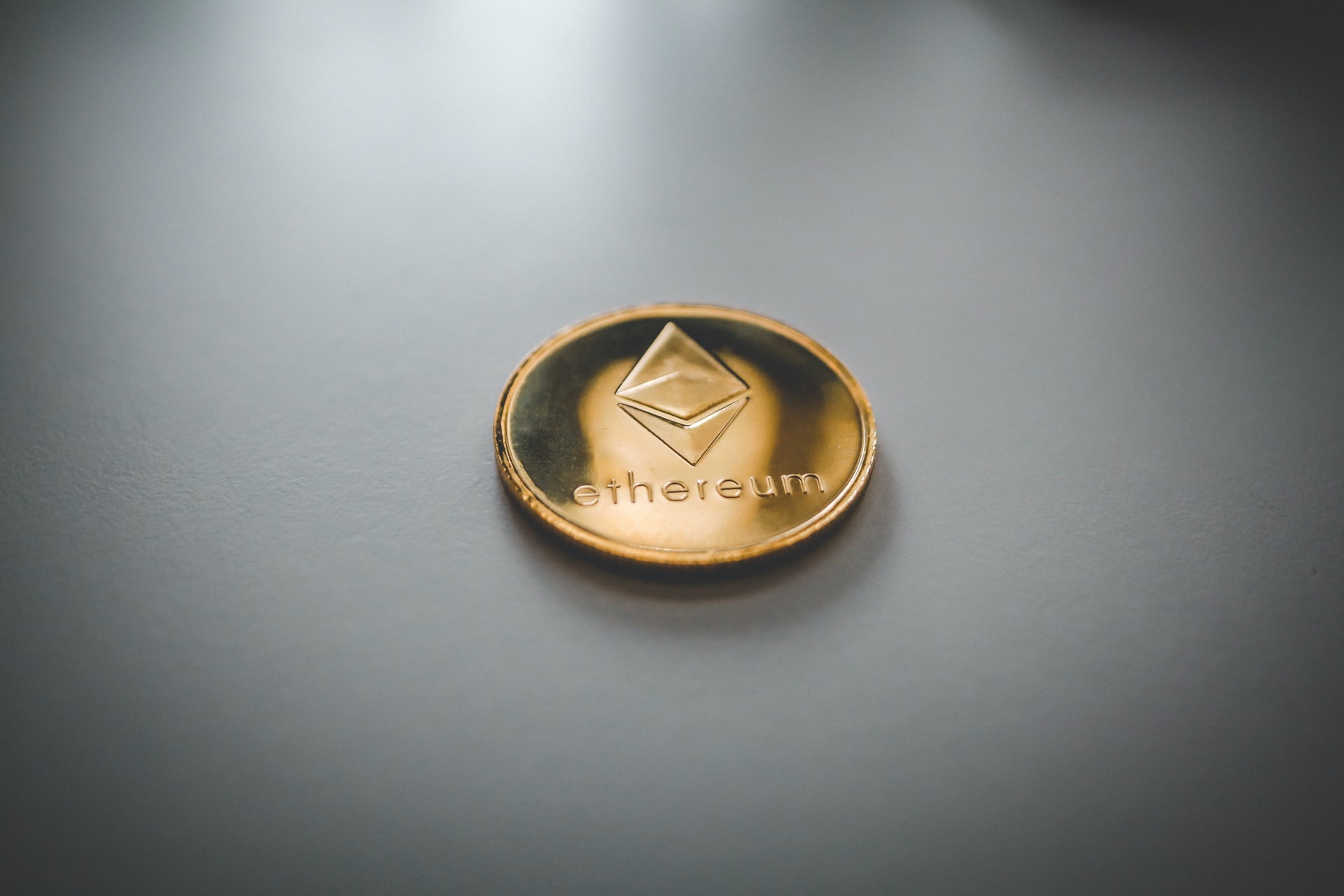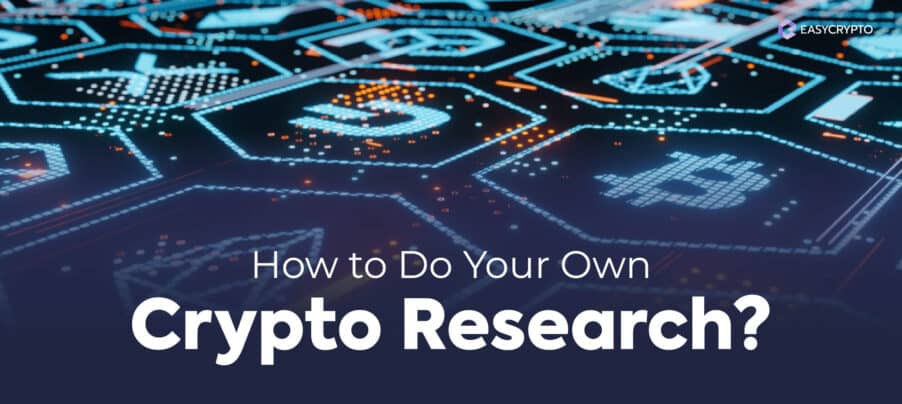Ethereum Berlin Hard Fork: What You Need To Know
What updates does the Berlin hard fork bring to Ethereum? Learn everything you need to know about the Ethereum Berlin hard fork.


On March 2021, the Ethereum Foundation made an official announcement regarding the launch of its next hard fork code-named Berlin. This upgrade follows the Istanbul and Muir Glacier updates that were deployed in December of 2019 and January 2020 respectively – with the Berlin update scheduled for mid-April 2021.
This upgrade is part of an ongoing series of non-backward compatible updates to the Ethereum network that will serve as intermediary updates before finally upgrading to its final form, Ethereum 2.0 – also known as Eth2 or code-named: Serenity.
In this article, without getting into the granular details, we’ll be discussing what the Berlin hard fork is, the improvements and adjustments it will bring, and also what it means for holders, developers, and miners on the Ethereum network.
Check the latest rates: Click here for the latest price of Ethereum (ETH).
What is the Ethereum Berlin hard fork?
As we prefaced above, the Ethereum Berlin hard fork is the newest update to the Ethereum network. The upgrade includes various optimizations for smart contracts, additional protection measures against denial-of-service attacks (DDOS), and will also bring adjustments to the Ethereum gas fee.
The Berlin hard fork is the newest update to the Ethereum network that will deploy various optimizations for smart contracts, adjustments to the gas fee, and add an extra layer of protection against denial-of-service attacks (DDOS).
The update itself has already been deployed on multiple testnets (testing networks) throughout March 2021 – the first one being Ropsten on the 10th, followed by Goerli on the 18th, and the Rinkeby on the 24th.

The Berlin update was originally scheduled for mid-2020, however, it has been delayed due to various concerns regarding the network.
What does the Berlin hard fork do?
The Ethereum Foundation announced that the Berlin hard fork will see the deployment of four Ethereum Improvement Proposals (EIPs): EIP 2565, EIP 2929, EIP 2718, and EIP 2930.
Within these EIPs are various updates that we mentioned above including adjustments to the gas prices, improving smart contracts, and other technical updates to improve the overall functionality of the Ethereum network.
The Four EIPs of the Berlin hard fork
Below is a brief summary of the four different Ethereum Improvement Proposals that is set to be deployed by the Berlin hard fork.
- EIP-2565 ModExp Gas Cost: set to lower the gas costs of various operations on the Ethereum network.
- EIP-2929 Gas cost increases for state access opcodes: will bring adjustments to increase the gas cost for SLOAD, *CALL, BALANCE, EXT* and SELFDESTRUCT when used for the first time in a transaction. Additionally, this EIP is supposedly intended to mitigate the largest remaining DoS attack vectors in Ethereum.
- EIP-2718 Typed Transaction Envelope: this proposal introduces a new transaction type that is an envelope to facilitate and enable easier support for multiple transaction types.
- EIP-2930: Optional access lists: the purpose of this proposal is to repair the breaking changes that are occurring to existing contracts. Additionally, this EIP is also set to mitigate some of the Ethereum gas cost increase that coincides with the launch of EIP-2929 we mentioned above.
These are just brief descriptions of what each of the EIPs are designed for, and hardly scratch the surface on the depth and context on which they are deployed in. However, it’s safe to say the Ethereum Foundation, as well as the developers and community are moving forward with this update to
FAQs regarding the Berlin hard fork
The Berlin hard fork introduces much-needed changes and improvements to the Ethereum network. So, what does it mean for you?
For Ethereum users or Ether (ETH) holders
According to the Ethereum Foundation, for users and holders of ETH, there is no need to take action unless you are specifically prompted by your crypto wallet provider or exchange platform that you use.
For node operators and miners
Node operators and miners of ETH will need to download the latest version of your Ethereum client. Those who do not update will have their clients sync to the pre-fork blockchain once the Berlin upgrade occurs and will not be able to send or operate on the new Ethereum network.
Below are a list of clients as provided by the Ethereum Foundation:
What happens during the update?
The updates to the Ethereum protocol are set to commence at a specified block number, in this case, block number 12,244,000. Any nodes and clients that have not been updated will be abandoned and on the old blockchain.
Looking to invest? Click here to buy Ethereum today.
What’s next for Ethereum?

To summarize, the Ethereum Berlin hard fork is one of many intermediary updates on the network roadmap before finally upgrading to Ethereum 2.0 or Serenity. The next update after Berlin is the code-named London update that is currently set for July of 2021.
Further reading: Learn all things with our library of guides and articles.
Share to
Stay curious and informed
Your info will be handled according to our Privacy Policy.
Make sure to follow our Twitter, Instagram, and YouTube channel to stay up-to-date with Easy Crypto!
Also, don’t forget to subscribe to our monthly newsletter to have the latest crypto insights, news, and updates delivered to our inbox.
Disclaimer: Information is current as at the date of publication. This is general information only and is not intended to be advice. Crypto is volatile, carries risk and the value can go up and down. Past performance is not an indicator of future returns. Please do your own research.
Last updated February 17, 2025





